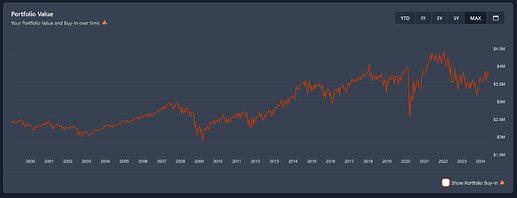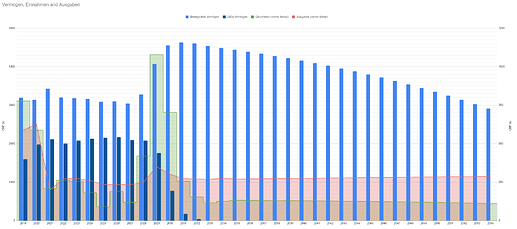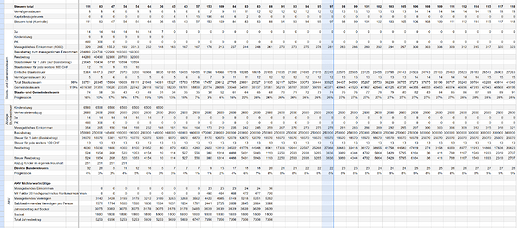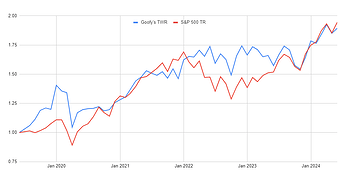I’m not sure I understand your situation and your position. Having a few relatives (aunt and cousins) who have gone through grief recently, I would say one need they have had was to both be occupied (because it takes the mind away, so having administrative tasks to perform isn’t an absolute negative thing) but not to have to worry for their short term future (for the left-alone partner, i.e. having enough money readily accessible and enough understanding of what they can expect out of their future situation not to worry about it).
Regarding the financial situation, as the surviving partner (or the partner dealing with a partner who’s slowly loosing their mind) I would like to have someone to talk to about it. Professional advisors might be helpful, a trusted and knowledgeable friend would be too. As TeaGhost points out, dementia should be a real concern, for which I would want the people around me to be able to identify it and push back against me if I start taking detrimental financial (and other) decisions. That is, I would want:
-
my partner and children (if applicable) to understand my financial situation and financial plan.
-
to have one or more trusted friend(s) who understand my financial situation and my financial plan, are not afraid to give me frank feedback and to push back on me when I’m pushing forward bad ideas and know that I’d truly appreciate it if they took upon themselves to help my partner/spouse in case of hardship.
As the situation evolves, it’s possible that I become the trusted friend who has to be relied on and that my own friends become not available anymore, in which case, I’ll have to find another relative/friend to be willing and able to step in. Such friends are precious and I would try to do my best to make them feel appreciated and to be there for them when they themselves need it.





